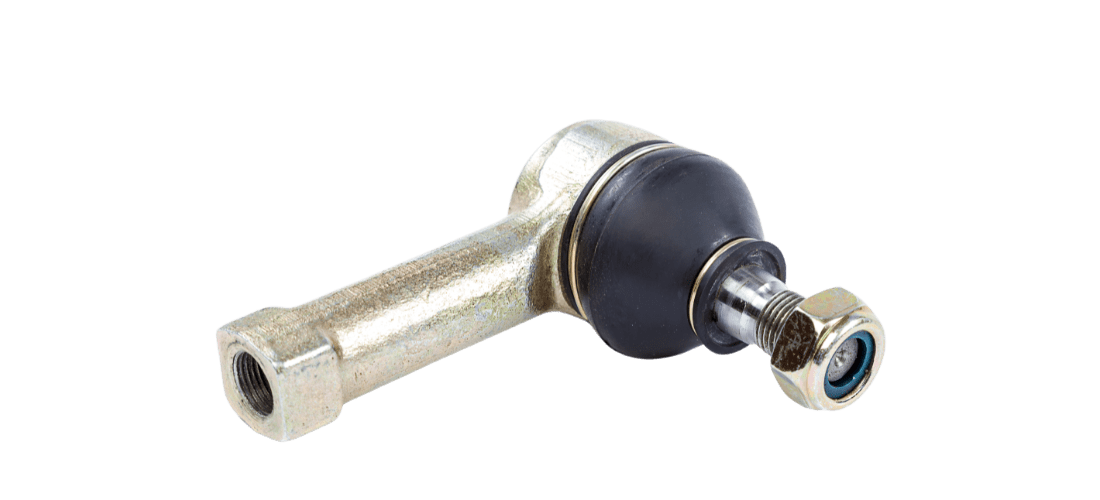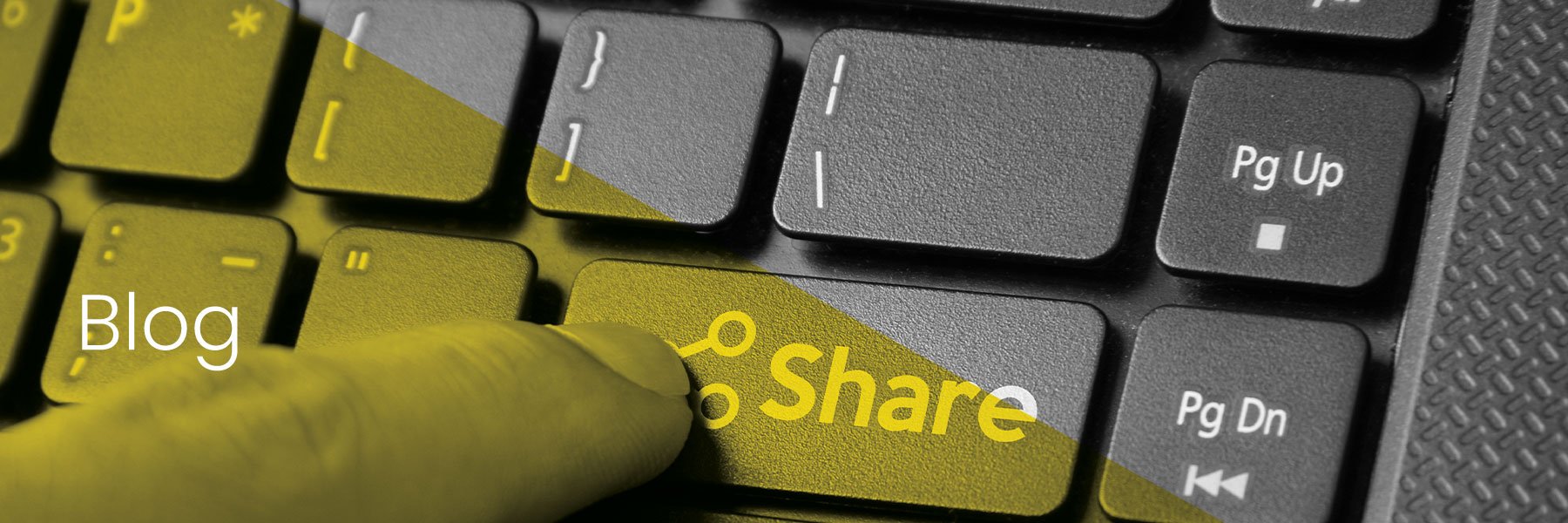
An Introduction To The Wonderful World Of Rod Ends
Connecting components in machinery with rod ends is vital to safely and effectively facilitate complex movements, precision, and stability. In this article, we’ll explore what rod ends are, how they are used, and the differences between male and female rod end bearings.
What Are Rod Ends?
A rod end, also known as a Heim joint in the United States or a rose joint in the UK, is a specialist type of bearing whose primary function is to allow a joint to rotate freely about all three axes while maintaining a fixed point of contact. This enables a broad range of movement, making rod ends an essential component in many industrial applications.
How Are Rod Ends Used?
Rod ends are found in a variety of applications, particularly where mechanical linkages are involved. Often, they are used to attach steering links, control rods, and other tie rods to provide a stable yet flexible connection between moving parts. In the automotive industry, for instance, rod ends play a crucial role in steering systems, allowing for smooth and precise control of the vehicle's direction. Because of the important role they play, it is crucial that rod ends are durable and reliable, as an unexpected failure could cause serious issues that affect the functionality and safety of the equipment.
Male Vs. Female Rod End Bearings
A key aspect to consider when working with rod ends is the distinction between male and female rod end bearings. Male rod end bearings feature an external male thread which is designed to be connected to a corresponding female component with a matching internal female thread. On the other hand, female rod end bearings have an internal female thread, allowing them to be directly attached to a male component. The choice between male and female rod ends depends on the specific application and the desired connection.
Male rod end bearings, which are typically used when connecting to a stationary or fixed component, offer more flexibility in terms of attachment options and are often employed in linkages that require rotational movement. Female rod end bearings, on the other hand, are commonly used for attaching to the moving part of a mechanism. This design ensures a secure connection while enabling free movement.
Find Out More
To find out more about our services and how we can help you to optimise your distribution, please download our free guide ‘The Manufacturer’s Guide to Overcoming Distribution Problems’ or call BTL-UK on 01233 542267.
Image Source: Canva






